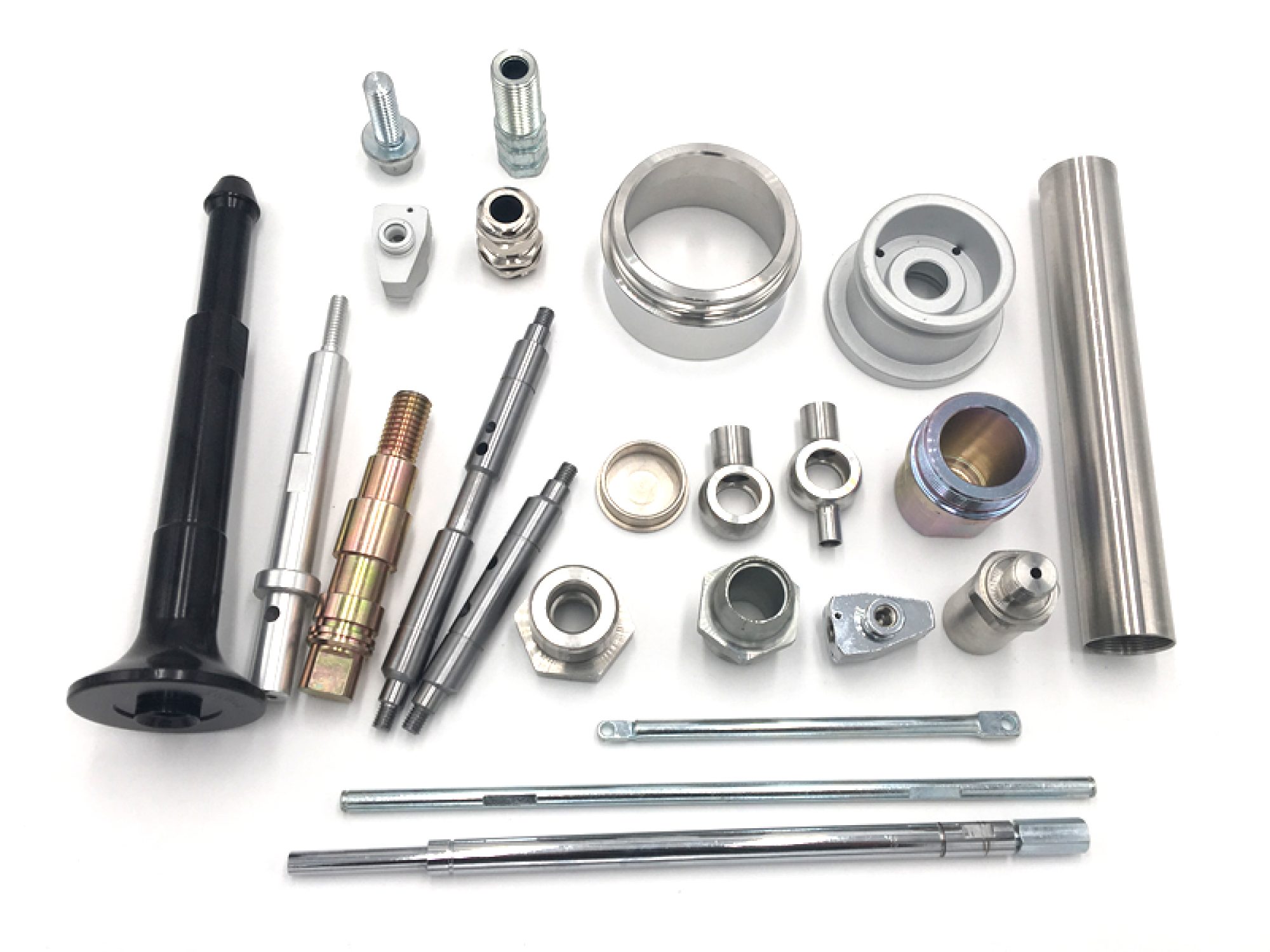Metal stamping parts have become an integral component of modern manufacturing processes across a wide range of industries. The technique of metal stamping involves the use of specialized machinery to shape and form metal sheets or strips into precise and complex parts. With its ability to produce high-quality components with speed and efficiency, metal stamping has revolutionized the manufacturing landscape.
Metal stamping parts offer several advantages that make them highly sought after in various industries. One of the key benefits is their exceptional precision. The stamping process utilizes advanced tools and dies, which are carefully designed to create intricate shapes and features with tight tolerances. This precision is crucial in industries such as automotive, aerospace, electronics, and appliances, where component performance and reliability are paramount.
Another advantage of metal stamping parts is their versatility. The stamping process can accommodate a wide range of materials, including steel, aluminum, copper, and alloys. This flexibility allows manufacturers to produce parts with different characteristics such as strength, conductivity, and corrosion resistance, tailored to specific application requirements.

The speed and efficiency of metal stamping contribute to its popularity in the manufacturing sector. Once the stamping tools and dies are set up, the process can be automated, allowing for high-volume production with minimal human intervention. This automation significantly reduces production time and costs, making metal stamping an economical choice for mass production.
Furthermore, metal stamping parts exhibit excellent strength and durability. The stamping process creates parts with uniform grain structure and improved mechanical properties, resulting in components that can withstand rigorous operating conditions. This makes them suitable for applications where strength, reliability, and longevity are essential.
Metal stamping also offers design flexibility. The process can accommodate various shapes, sizes, and features, including embossing, bending, coining, and flanging. This versatility allows manufacturers to create complex and customized components that meet specific design requirements. Additionally, the stamping process enables quick prototyping and iteration, facilitating the development of new products and reducing time to market.
The applications of metal stamping parts are widespread. They are used in automotive assemblies, electrical and electronic devices, household appliances, industrial machinery, and more. From brackets, connectors, and terminals to precision components like gears and springs, metal stamping parts play a vital role in the functionality and performance of various products.
In conclusion, metal stamping parts have revolutionized the manufacturing industry with their precision, versatility, and efficiency. Manufacturers across diverse sectors benefit from the ability to produce high-quality components with tight tolerances and complex designs. With the versatility to work with different materials and the potential for automation, metal stamping offers cost-effective and scalable solutions for mass production. As technology continues to advance, metal stamping will continue to evolve, enabling manufacturers to meet the ever-growing demands of the market with precision and reliability.

